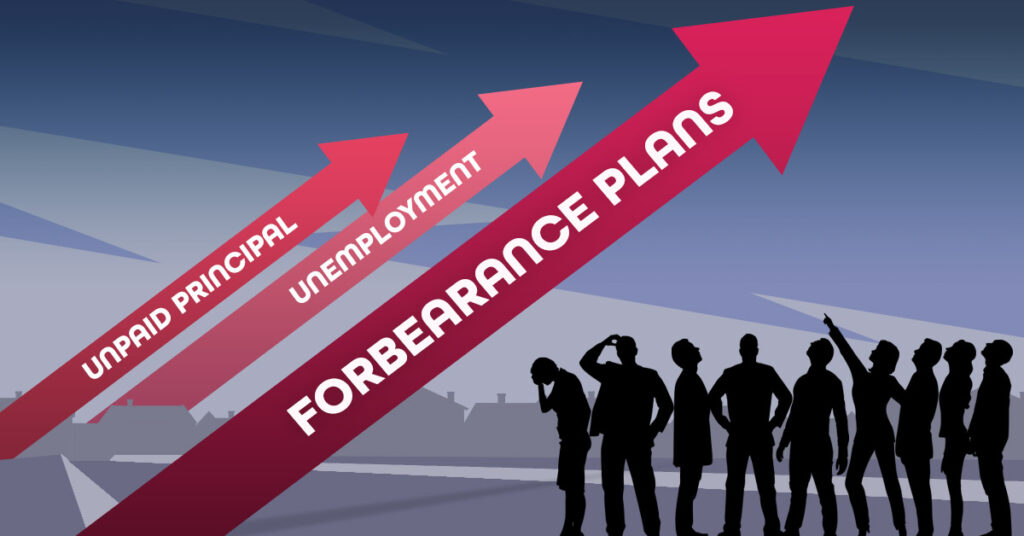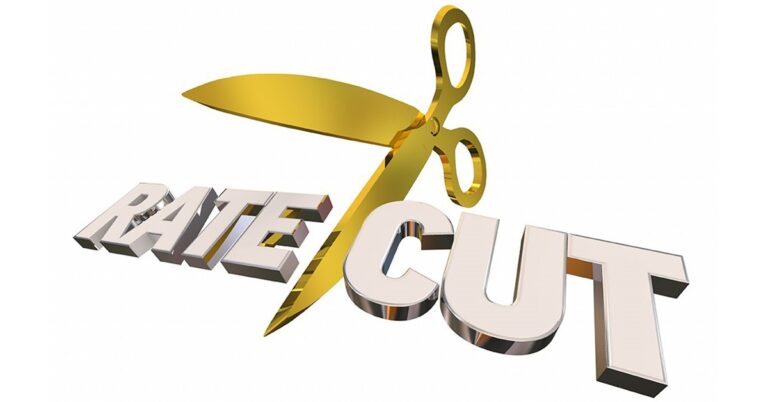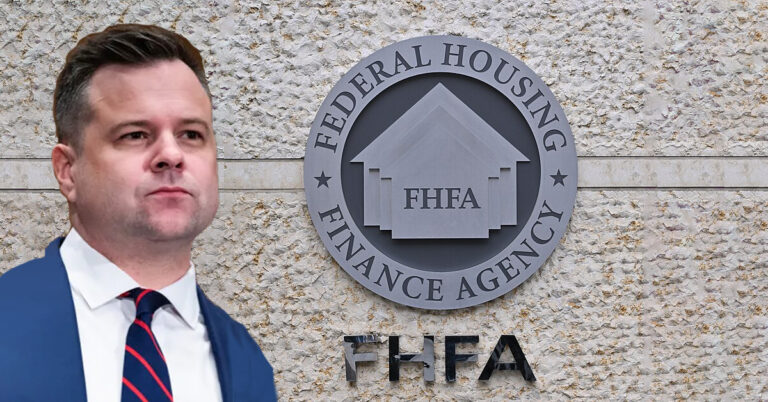Black Knight recently began tracking forbearance numbers on a daily basis, and its latest reported finding is the newest data point foreshadowing a potential crisis for the mortgage industry.
According to Black Knight, more than 2.9 million homeowners in the United States are in coronavirus-related forbearance plans as of April 16. That’s 5.5% of all American mortgages, representing $651 billion in unpaid principal.
That population in forbearance also includes 4.9% of all loans backed by Fannie Mae and Freddie Mac — 1.37 million loans out of 27.9 million within the government-sponsored enterprises’ (GSEs) stable. Other government loans are seeing a larger forbearance share; approximately 922,000 loans (7.6%) backed by the Federal Housing Administration (FHA) and the Department of Veterans Affairs (VA) are in forbearance.
Just three days prior to Black Knight’s announcement, the Mortgage Bankers Association (MBA) revealed that its own survey found that 3.73% of loans were in forbearance as of April 5. That’s up from 2.73% the previous week and from just 0.25% on March 2.
It is important to note that the two groups are using different methodologies to track forbearance metrics: Black Knight is extrapolating from a representative sample to calculate numbers for the whole market, while the MBA’s numbers are derived from a voluntary poll of servicers. Still, the numbers — taken together or independently — are suggestive of an unprecedented forbearance tide that still continues to rise.
“In these times, it is essential to both our industry and for the benefit of the entire U.S. economy to have a clear understanding of the magnitude of the mortgage forbearance situation,” said Anthony Jabbour, CEO of Black Knight.
The growing forbearance numbers lend even more credence to the growing call for federal regulators to enact more mortgage liquidity measures, a call that has come from both the mortgage industry as a whole and lawmakers on both sides of the aisle. Treasury Secretary Steven Mnuchin and Federal Housing Finance Agency Director Mark Calabria have both indicated that the situation is being monitored, but so far, larger scale liquidity action remains the road not taken.
If that stance remains resolute, the impacts to the mortgage landscape could be earth-shaking. Ginnie Mae has a program in the works to aid servicers by advancing principal and interest payments to investors on their behalf, but a similar program for GSE-backed loans is nonexistent. Given the number of GSE loans in COVID-induced forbearance, Black Knight estimates that servicers would be bound to pay $1.5 billion per month in principal and interest on GSE mortgages alone. That number grows even further to a total of $2.3 billion when taking other government loans (FHA and VA) into account.
Add to that the $1.1 billion per month that servicers with portfolio-held or privately securitized loans stand to lose, and the enormity of the financial fallout for the mortgage industry becomes even more concrete. And with the number of forbearances still trending up as unemployment claims multiply, it’s clear that discussions over liquidity will become more and more critical in the days and weeks ahead.








